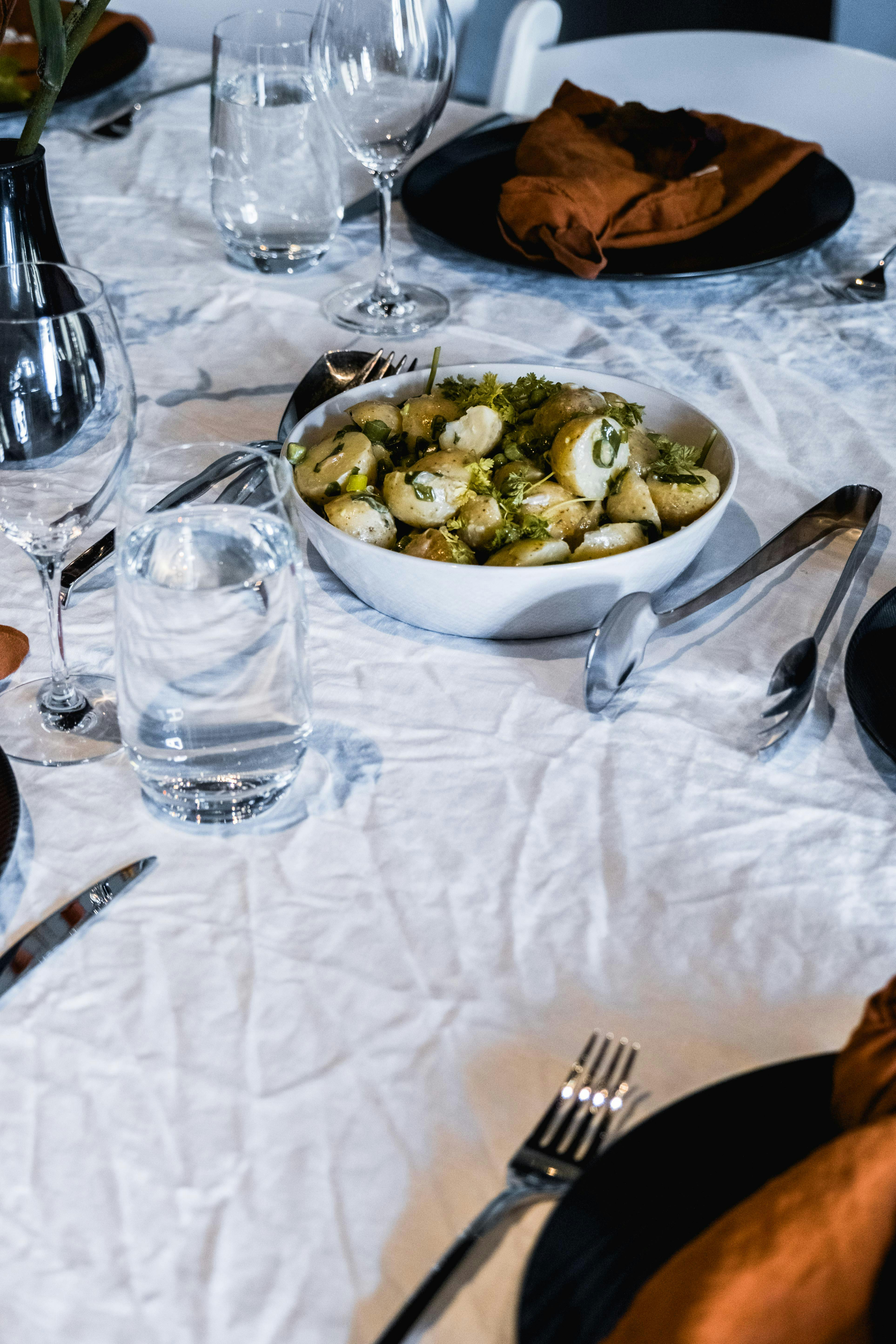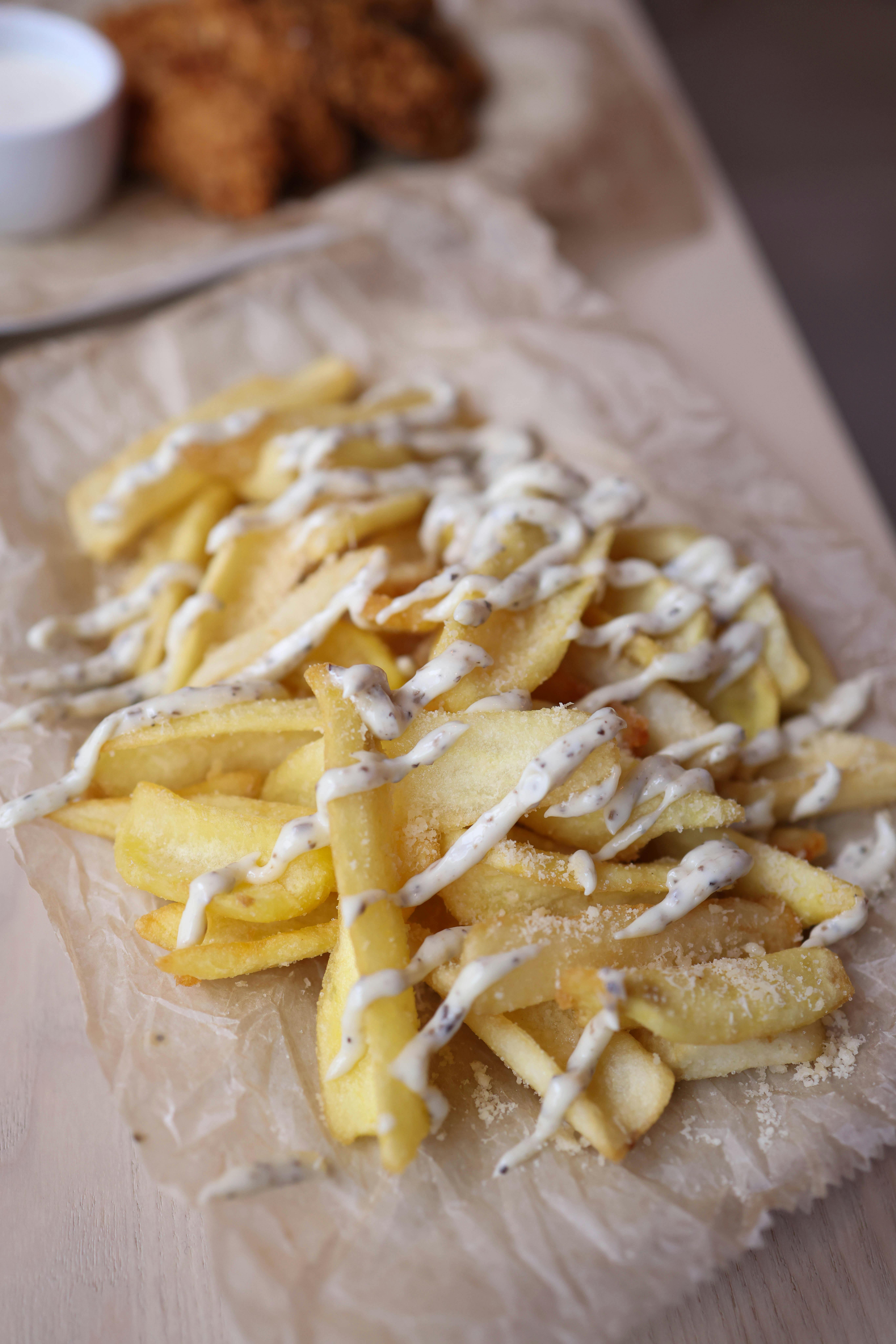Written by Tolulope Ajayi, MSc. Food Systems (in progress)
Potatoes, scientifically known as Solanum tuberosum are one of the most popular and versatile foods in the UK, it is used in everything from chips to mashed potatoes; to be honest, it is really more than just a side dish. But where do these humble tubers come from, how do they get to our shelves and what makes it very essential? Let’s explore the journey of the humble potatoes to our plates and some surprising facts!
Where Do Potatoes Come From?
Potatoes have an interesting and rich history that they begins in the highlands of South America, specifically in the Andes region. For over 8,000 years, this humble tuber has been a staple food in the Andes, cultivated and enjoyed by indigenous people long before Europeans contact (Earle,2023; Gutaker et al., 2019). It wasn’t until the 16th century that potatoes made their way to Europe, thanks to the Spanish explorers (Yadav et al., 2018). This marked the start of the potato’s journey across the world, where it eventually became a key food source for many cultures. Today, potatoes are grown in many countries, but in the UK, they flourish in places like Lincolnshire, Cambridgeshire, and Scotland, where the cool climate and rich soil create the perfect conditions (Yadav et al., 2018; Gutaker et al., 2019). The UK is home to around 100 different types of potatoes, from waxy varieties like Charlotte to the floury King Edward.
The Journey to the Supermarket Shelves
In the UK, potatoes are typically harvested between May and October, though some varieties, like the early Jersey Royals, are available earlier. Others are stored to make sure we can enjoy them year-round. Once harvested, the potatoes are stored in cool, dark places to keep them fresh and prevent sprouting (Rondon & Gao, 2018). They’re sorted by size and quality in temperature-controlled warehouses to ensure the best ones are selected. Next, the potatoes are packed up and sent to supermarkets using refrigerated trucks to prevent spoilage (Spanjaard et al., 2015). For UK-grown potatoes, it’s a short trip, often just a few days from the farm to the store. Imported potatoes, like those from Cyprus or France, take a little longer, especially during the winter when UK-grown potatoes aren’t as plentiful. When they finally make it to the retail section, potatoes are sold in various forms: whole, peeled, or processed into chips, frozen fries, and ready-to-eat meals. Some varieties, like Jersey Royals, are seasonal and sold fresh, while others, like Maris Piper, are stored longer to provide a more extended shelf life.
How Are Potatoes Used in Cooking?
Potatoes are super versatile and can be cooked in so many different ways, depending on what you're making.
- Mashed potatoes: Floury potatoes like King Edward or Maris Piper are perfect for mashing due to their light and fluffy texture.
- Roast potatoes: Maris Piper and Desiree potatoes are excellent for roasting because they hold their shape and develop a crispy exterior.
- Chips and Fries: For the best chips, choose a starchy, floury variety like Maris Piper or Russet. These potatoes fry up golden and crispy.
- Salads: Waxy potatoes such as Charlotte or Anya retain their shape and texture well when boiled, making them perfect for salads.
However, potatoes are available all year round, but the types you find in stores vary depending on the season. New potatoes, such as Jersey Royals, are typically available from late spring to early summer, usually between May and July. These potatoes are tender, with thin skin and a delicate flavor. Maincrop potatoes, like Maris Piper and King Edward, are harvested in the autumn and stored for later use. As a result, they’re available through the winter and into the spring.


Some Interesting Facts About Potatoes
World’s favorite food: Potatoes are the most widely consumed vegetable globally, with over 370 million tons produced annually.
Nutritious powerhouses: Potatoes are a great source of vitamin C, fiber, and potassium, especially when eaten with the skin on.
Environmental benefits: Potatoes have a low carbon footprint compared to many other staple crops, making them an eco-friendly food choice.
Cultural significance: In the UK, fish and chips became a beloved dish in the 19th century, and the tradition still remains popular today.
Potatoes truly are a versatile, nutritious, and sustainable food choice, whether you like them mashed, roasted, or crispy as chips. When we take the time to understand where they come from, how they make their way to our plates, and all the delicious ways we can cook them, it’s easy to appreciate these everyday staples even more.
References
Rondon, S. I., & Gao, Y. (2018). The Journey of the Potato Tuberworm Around the World. IntechOpen. https://doi.org/10.5772/INTECHOPEN.81934
Spanjaard, D., Freeman, L., & Young, L. (2015). Reflections on Journeys within the Supermarket. Australasian Marketing Journal (Amj), 23(4), 303–310. https://doi.org/10.1016/J.AUSMJ.2015.10.006
Earle, R. (2023, August 23). Potatoes. Oxford Research Encyclopedia of Latin American History. Retrieved 17 Feb. 2025, from https://oxfordre.com/latinamericanhistory/view/10.1093/acrefore/9780199366439.001.0001/acrefore-9780199366439-e-1082.
Gutaker, R. M., Weiß, C. L., Ellis, D., Anglin, N. L., Knapp, S., Fernández-Alonso, J. L., Prat, S., & Burbano, H. A. (2019). The origins and adaptation of European potatoes reconstructed from historical genomes. Nature Ecology and Evolution, 3(7), 1093–1101. https://doi.org/10.1038/S41559-019-0921-3
Yadav, R., Kumari, A., ayni, K., & Kunwar, N. (2018). Socio-Economic Profile of Farm Women Potato Production in Kannauj District, Uttar Pradesh, India. International Journal of Current Microbiology and Applied Sciences, 7(04), 3711–3717. https://doi.org/10.20546/IJCMAS.2018.704.417


